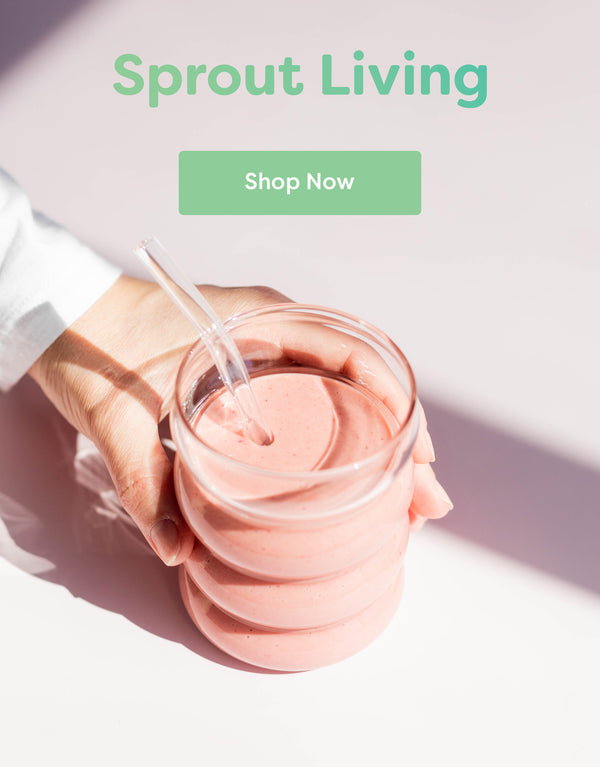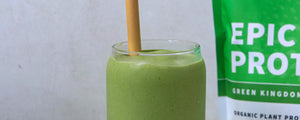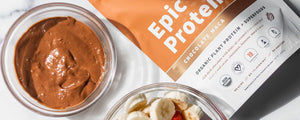
Tea to a Tee: 6 Types of Tea and Why They’re Awesome
Tea. That three-letter word evokes the very picture of cozy — a hot cup with a big blanket and a good book sitting in front of the fireplace. But the humble tea leaf has a lot more to brag about than simply being a companion on a chilly day. Made from the dried leaves of a plant called camellia sinensis, tea contains antioxidants, can help boost the immune system, and might even help prevent cancer, heart disease and diabetes. Discover six common types of tea below and all their wonderful benefits.
It seems the benefits of tea are just as plentiful as its varieties. From green to oolong and herbal to rooibos, each type of tea is different—whether in caffeine content or flavor profile. Want to find the tea for you? Here’s a guide to help you discover which one is your cup of tea.
- Green. With a bittersweet, earthy taste, green tea is perhaps the most refreshing of all tea. Because it’s not oxidized during the brewing process, it retains its natural color as well as tannins and chlorophyll. This makes the flavor slightly astringent, and it’s also why green tea contains less caffeine than coffee or black tea. Though green tea originated in China, it’s also produced in other Asian countries, including Korea and Japan.
- White. With a delicate flavor and scent that’s much lighter than darker brews, white teas are the least processed of all teas. This variety also contains the least amount of caffeine—about 10 to 15 milligrams per 8 ounces. White tea is produced primarily in China’s Fujian Province.
- Oolong. The flavor profile and caffeine content of oolong tea varies based on how it’s processed, but generally, oolong has the complexity of black tea with the bright quality of green tea. Considered the most prized variety among tea connoisseurs, oolong is produced in China’s Fujian Province and other regions of China.
- Herbal. Technically, herbal teas are not true teas, since they’re not made from the camellia sinensis plant. Rather, they’re a caffeine-free infusion of several different plant materials, such as leaves, roots, bark and flowers. Herbal teas are widely celebrated for their health benefits and meditative effect. Some of the most common herbal teas include chamomile, hibiscus, spearmint and ginger.
- Black. One of the most popular types of tea, black teas are fully oxidized and contain a high amount of caffeine—about 40 to 60 milligrams per 8 ounces. The flavor profile of black tea ranges based on how it’s processed, but generally, this variety is stronger, richer and more full-bodied than other teas.
- Pu’er. Less familiar to many people, pu’er is a fermented tea produced in China’s Yunnan province. It’s one of the oldest forms of tea, and unlike other teas, it doesn’t lose its flavor or aroma over time. The taste can range from slightly sweet to slightly bitter, depending on whether the variety is black or green.
- Rooibos. Otherwise known as red bush tea, rooibos is a sweet herbal tea that grows in a mountainous area of South Africa. It’s naturally high in antioxidants and is caffeine-free. Its naturally sweet licorice taste makes it a great choice for kids who are curious about tea.
Ready to try a new kind of tea? Grab a cup and relax, knowing that tea is on your side.






